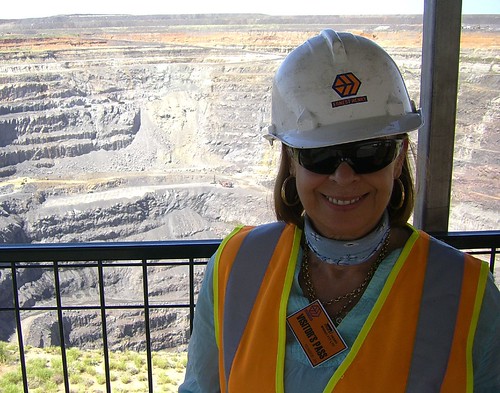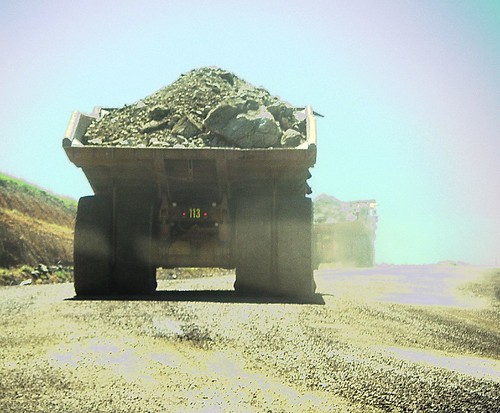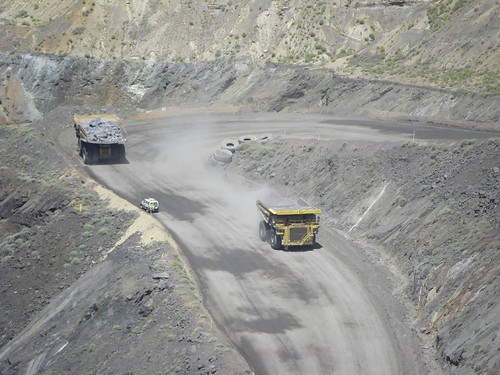




Phylum: Magnoliophyta Flowering Plants
Order: Casuarinales Casuarinas And She-Oaks
Allocasuarina luehmannii (Casuarinaceae) Buloke, Bull Oak, Bulloak, Bull Sheoak
Casuarina cristata (Casuarinaceae) Belah, Black Oak (SA)
Casuarina cunninghamiana (Casuarinaceae) River Oak, River Sheoak, Creek Oak
Casuarina equisetifolia (Casuarinaceae) Coast Sheoak, Beach Casuarina, Shingle Oak, Beach Sheoak, Horse-tail Sheoak
Casuarina glauca (Casuarinaceae) Swamp Sheoak, Swamp Oak, Grey Swamp Sheoak
Order: Fabales Wattles, Peas And Cassias
Sesbania formosa (Fabaceae) Swamp corkwood, white dragon tree, dragon-flower tree, water tree
Acacia ampliceps (Mimosaceae) Salt Wattle, Jila Jila, Nyarlka
Acacia aneura (Mimosaceae) Mulga
Acacia auriculiformis (Mimosaceae) Northern Black Wattle, Ear-pod Wattle
Acacia cambagei (Mimosaceae) Gidgee, Gidga, Gigya, Gidyea, Stinking Wattle
Acacia colei (Mimosaceae) Cole's Wattle
Acacia crassicarpa (Mimosaceae) Northern Wattle, Thick-podded Salwood
Acacia dealbata (Mimosaceae) Silver Wattle
Acacia elata (Mimosaceae) Cedar Wattle, Mountain Cedar Wattle
Acacia harpophylla (Mimosaceae) Brigalow, Brigalow Spearwood, Orkor
Acacia holosericea (Mimosaceae) Candelabra Wattle, Wah-roon, Soap Bush, Silver-leaved Wattle
Acacia hylonoma (Mimosaceae)
Acacia irrorata (Mimosaceae) Blueskin, Green Wattle
Acacia maidenii (Mimosaceae) Maiden's Wattle
Acacia mangium (Mimosaceae) Mangium, Hickory Wattle, Black Wattle
Acacia mearnsii (Mimosaceae) Black Wattle, Late Black Wattle
Acacia melanoxylon (Mimosaceae) Blackwood, Black Wattle, Hickory, Sally Wattle, Mudgerabah
Acacia orites (Mimosaceae) Mountain Sallow Wattle, Mountain Wattle
Acacia salicina (Mimosaceae) Cooba, Coobar, Willow Wattle, Doolan, Broughton Willow, Native Wattle
Acacia saligna (Mimosaceae) Golden-wreath Wattle, Coojong, Orange Wattle, Blue-leafed Wattle, Western Australian Golden Wattle
Acacia shirleyi (Mimosaceae) Lancewood
Acacia silvestris (Mimosaceae) Bodalla Wattle, Bodalla Silver Wattle, Red Wattle
Acacia stenophylla (Mimosaceae) Munumula, Balkura, Gurley, Gooralee, Ironwood, Dalby Wattle, River Cooba, River Myall, Belalei, Eumong, Native Willow, Black Wattle, Dunthy
Acacia trachycarpa (Mimosaceae) Minni Ritchi
Albizia procera (Mimosaceae) Forest siris, whirte siris, safed siris, weru, brown albizia
Order: Gentianales Gentians And Relatives
Alstonia scholaris (Apocynaceae) White Cheesewood, Milky Pine, Whitewood
Order: Malvales Kurrajong, Boabs, Hibiscus And Relatives
Elaeocarpus angustifolius (Elaeocarpaceae) Silver Quandong, blue quandong, blueberry ash, caloon, blue fig
Brachychiton diversifolius (Sterculiaceae) Northern Kurrajong, Tropical Kurrajong, Airitja, Nanunguwa
Order: Myrtales Gum Trees, Paper Barks, Bottlebrushes, Myrtles And Relatives
Eucalyptus argophloia (Myrtaceae) Queensland White Gum; Queensland Western White Gum, Lapunyah, Scrub Gum, White Gum
Eucalyptus camaldulensis (Myrtaceae) River Red Gum, Red Gum, Murray Red Gum, River Gum (WA)
Melaleuca bracteata (Myrtaceae) Black Ti-tree, River Ti-tree, Black Tea-tree
Melaleuca cajuputi (Myrtaceae) Swamp tea-tree, paperbark tea-tree, cajuput tree
Melaleuca dealbata (Myrtaceae) Soapy Tea-tree, Swamp Teatree, Blue-leaved Paperbark, Blue Paperbark, Soapy Teatree, Cloudy Teatree
Melaleuca leucadendra var. angustifolia (Myrtaceae) Long-leaved Paperbark, broad-leaved tea-tree, weeping tea-tree, kaya putih
Melaleuca quinquenervia (Myrtaceae) Swamp Paperbark, Paper-barked Teatree, Broad-leaved Teatree, Paperbark, Five-veined Paperbark
Syzygium suborbiculare (Myrtaceae) Forest Satinash, Apple, Lady Apple
Order: Proteales Waratahs, Banksias, Grevilleas (Spider Flowers) And Macadamias
Banksia integrifolia (Proteaceae) Coast Banksia
Grevillea pteridifolia (Proteaceae) Fern-leaved Silky Oak; Golden Grevillea, Yinungkwurra, Darwin silky oak
Grevillea robusta (Proteaceae) Silky Oak, Southern Silky Oak
Macadamia integrifolia (Proteaceae) Macadamia Nut, Queensland Nut, Smooth-shelled Macadamia, Bush Nut, Nut Oak
Order: Rosales Roses And Relatives
Parinari nonda (Chrysobalanaceae) Nonda, Nonda-tree
Order: Santalales Sandalwood, Mistletoe And Relatives
Santalum album (Santalaceae) East Indian sandalwood, sandalwood, cendana
Order: Sapindales Boronias, Citrus, Orange, Hops, Mangoes And Relatives
Melia azedarach (Meliaceae) White Cedar, Tulip Cedar, Bead Tree, Persian Lilac, Wyndet, Mindi Kechil (Christmas Is.)
Flindersia maculosa (Rutaceae) Leopardwood, Spotted tree, Spotted Dog, Leopard Tree, Prickly Pine
Geijera parviflora (Rutaceae)






































